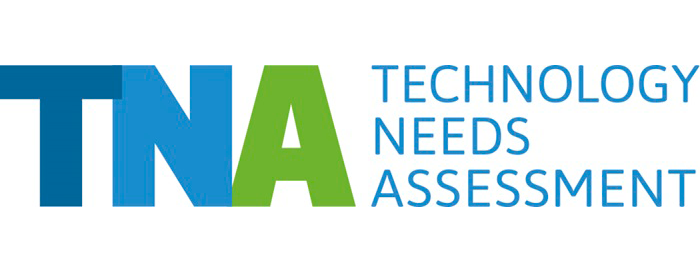Wind power was identified as a priority technology. Following the TNA, the construction of a 48MVt wind power plant is therefore underway near Shurabad. Successful implementation of this technology is projected to reduce GHG emissions by 3.96 tCO2.
Bordering the Caspian Sea and situated within the Caucasian region, Azerbaijan is located where eastern Europe meets western Asia. The country experienced rapid socio-economic growth from the mid-2000s, in large part due to its rich deposits of oil and gas. The rapid development across all sectors resulted in adverse effects on the environment and the overexploitation of natural resources. The TNA has helped shape the move away from a dependence on oil and gas by providing a framework for the renewable energy sector to emerge.
Azerbaijan completed its TNA in 2012. The TNA showed that biogas, together with the other prioritized technologies in the commercial and residential sectors, has the potential to reduce emissions by a total of 32.7 mtCO2e by 2030. In particular the establishment of grid-connected wind power and the introduction of biogas will greatly reduce emissions while at the same time boosting the development of the alternative energy sector, enabling a shift in energy sources from oil and gas to wind.
Azerbaijan’s TNA contributes to the following Sustainable Development Goals:







